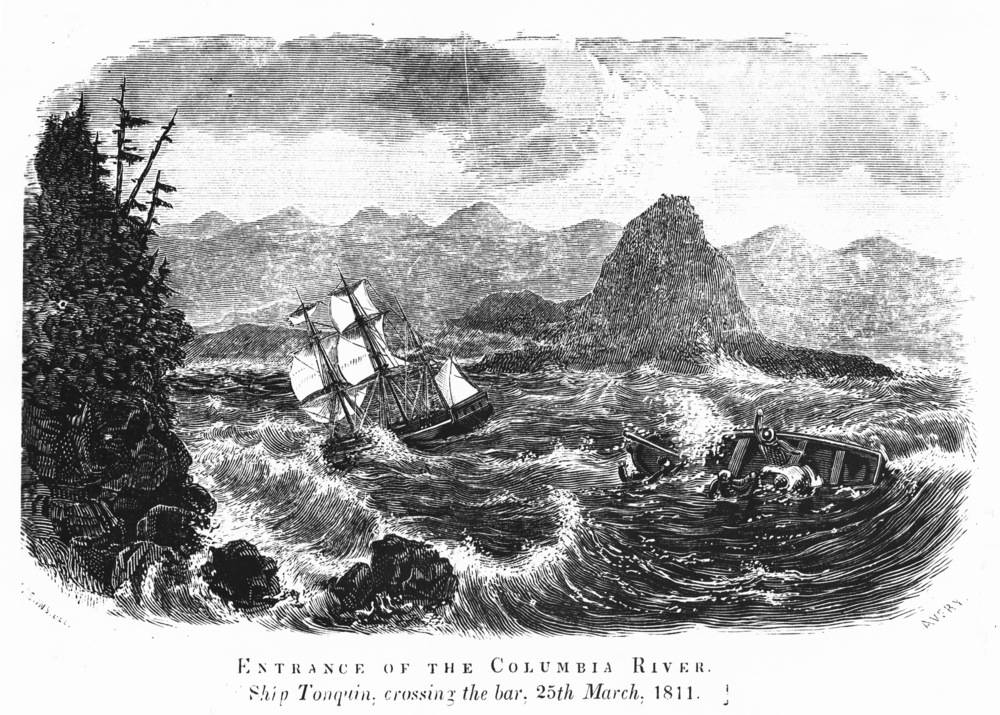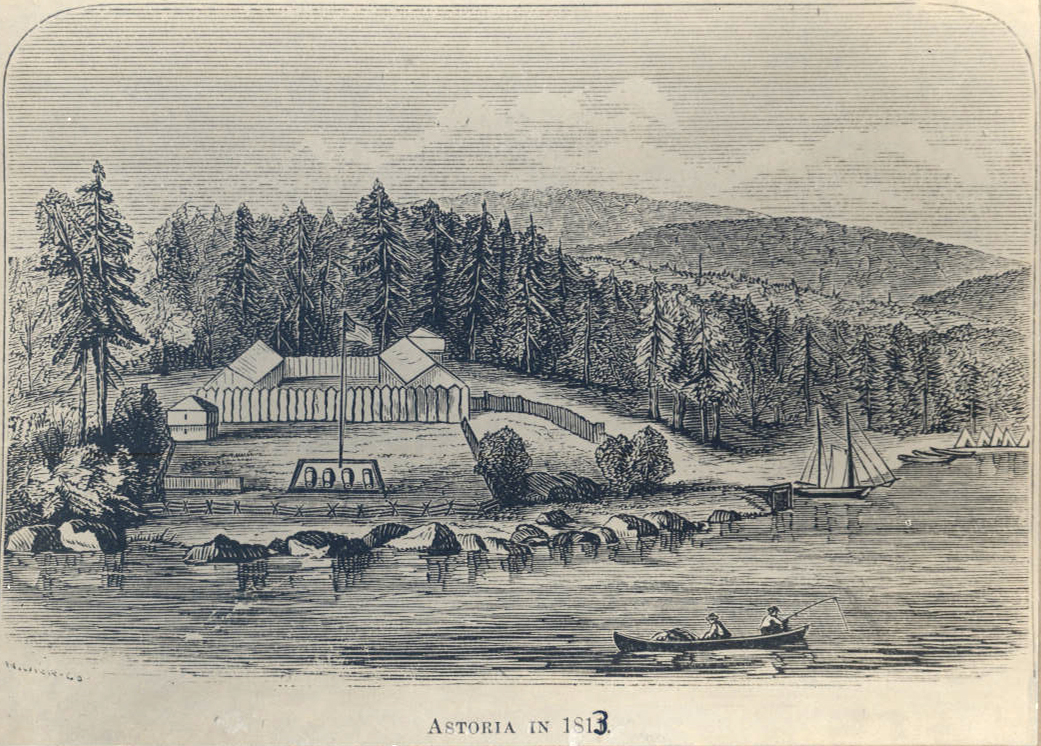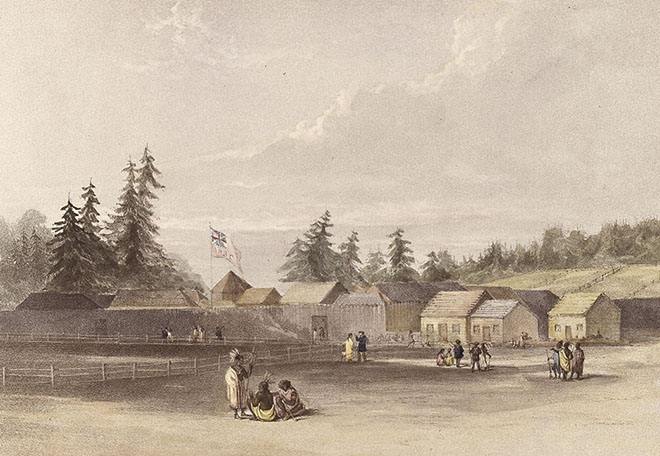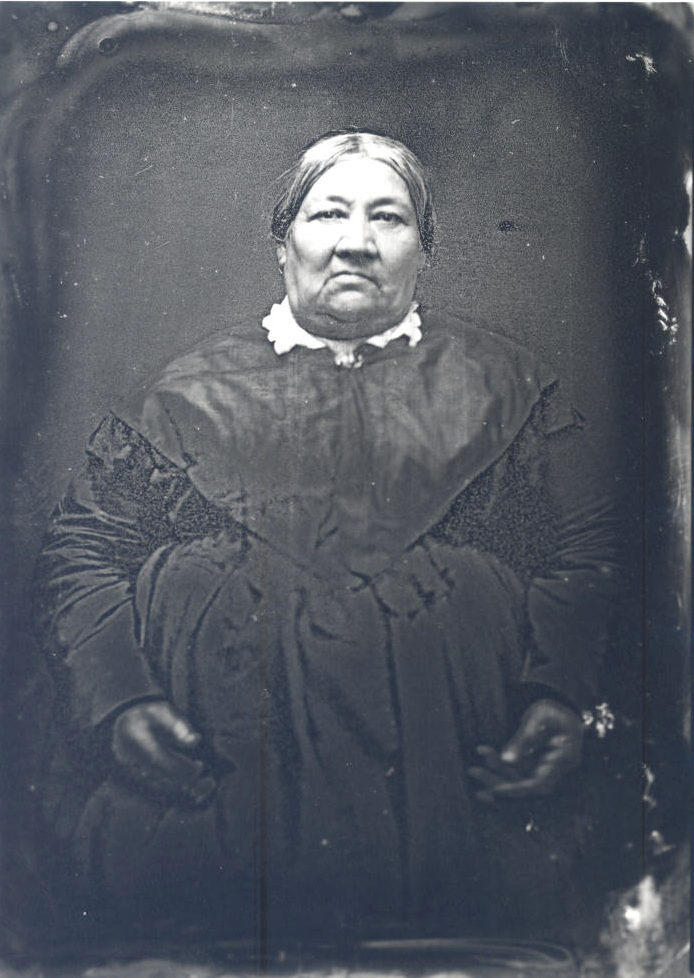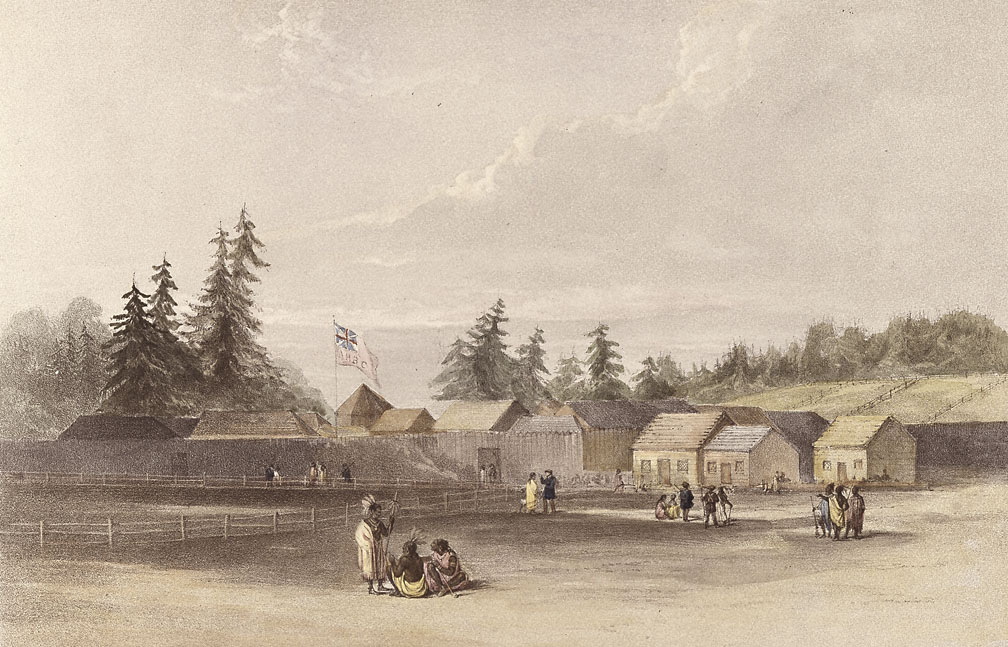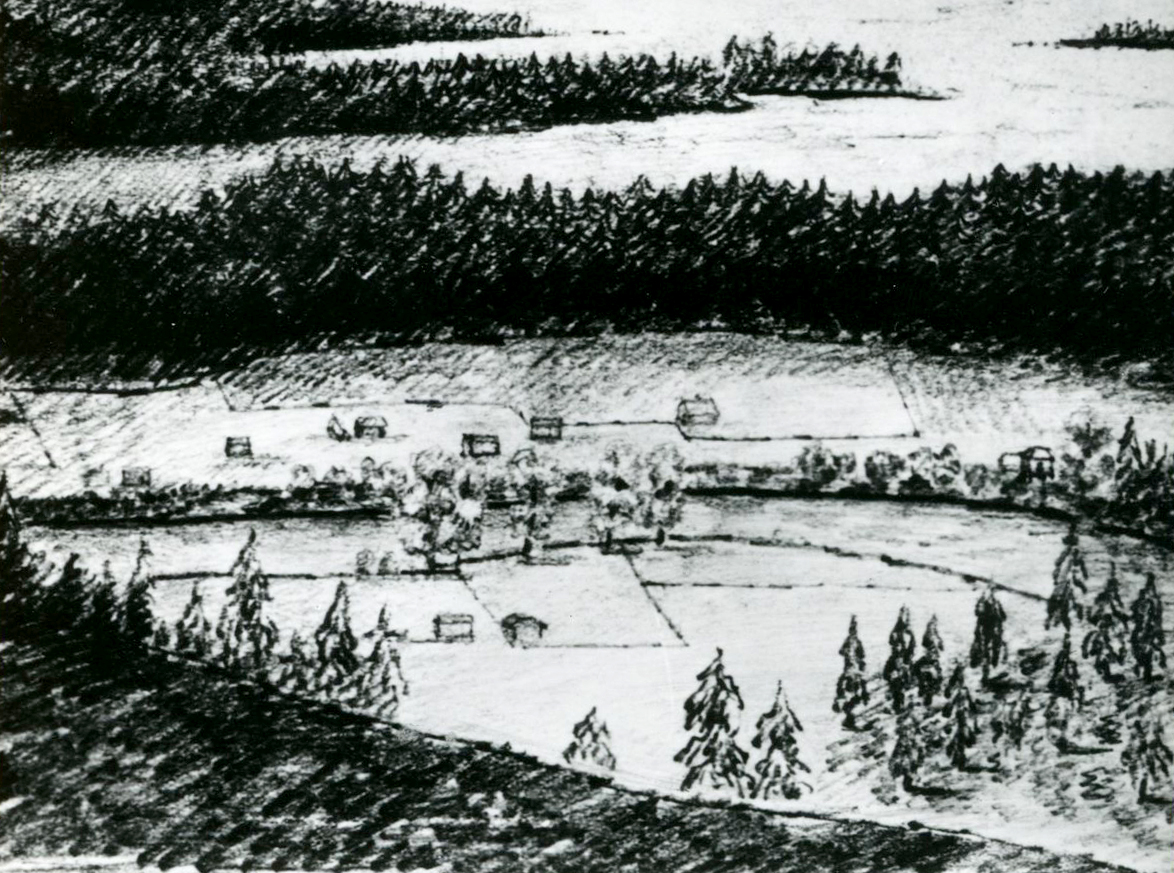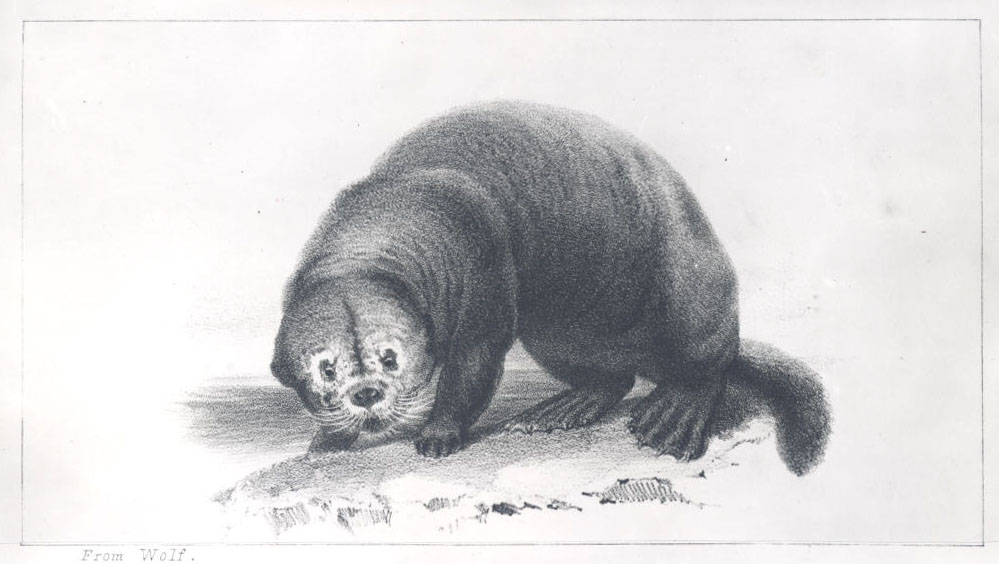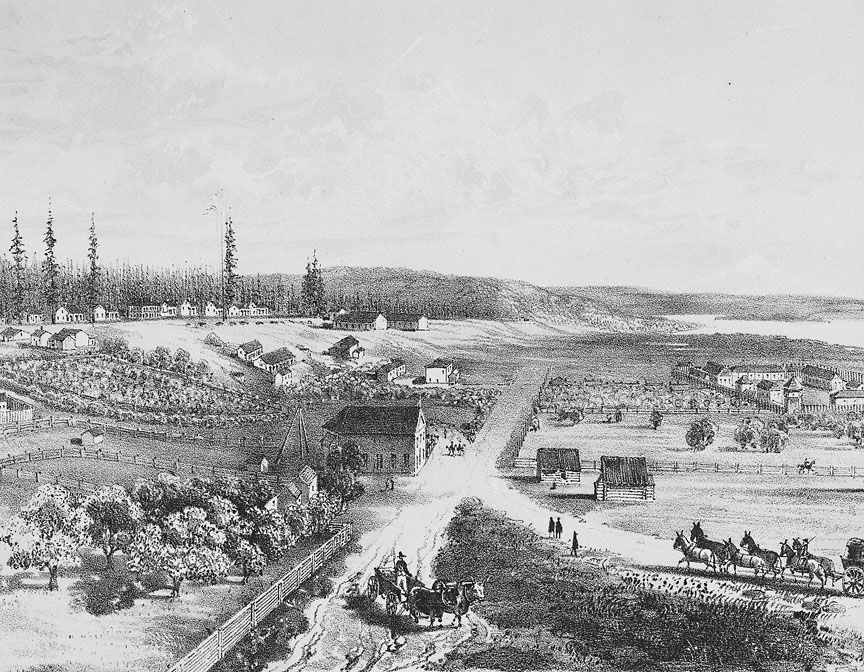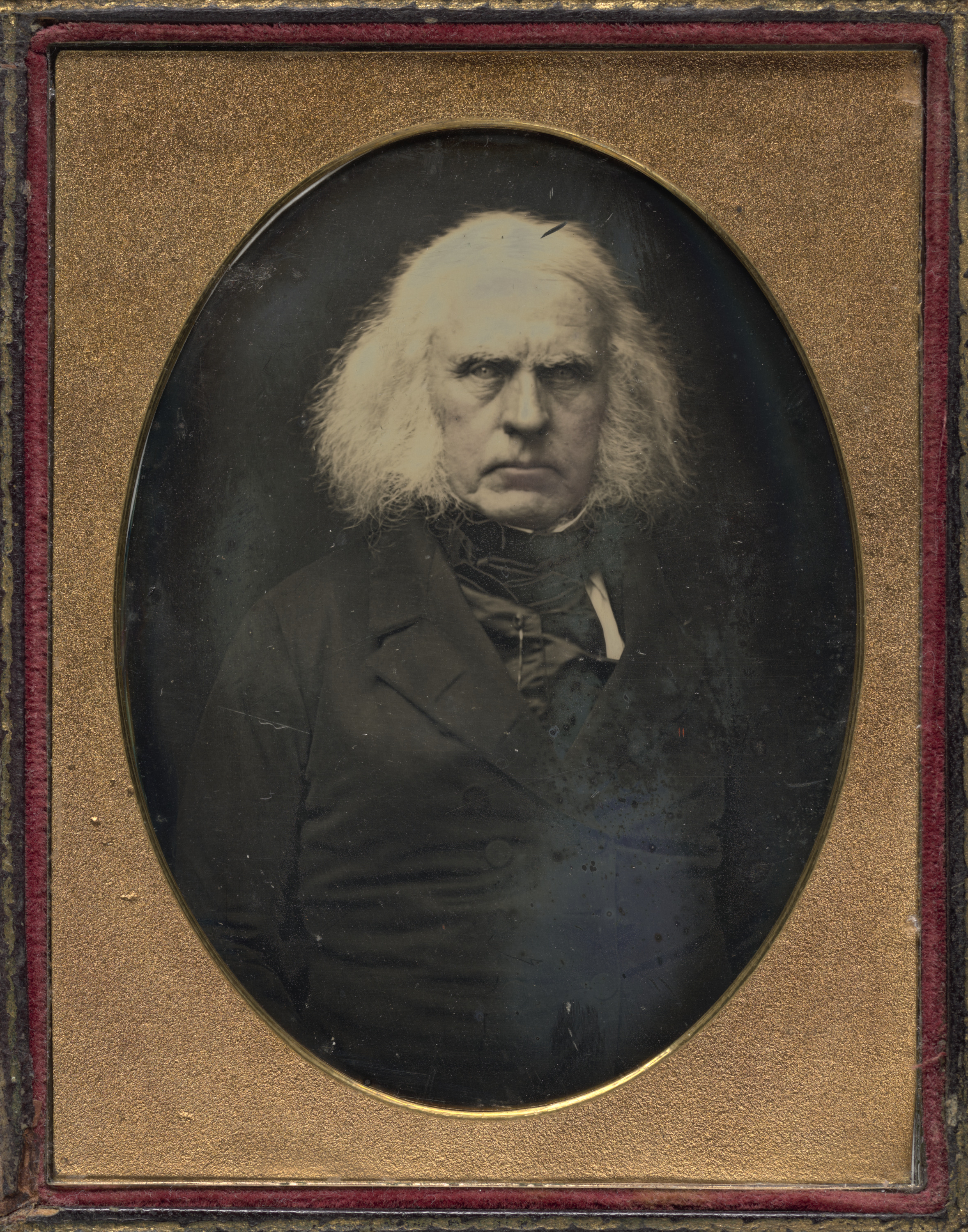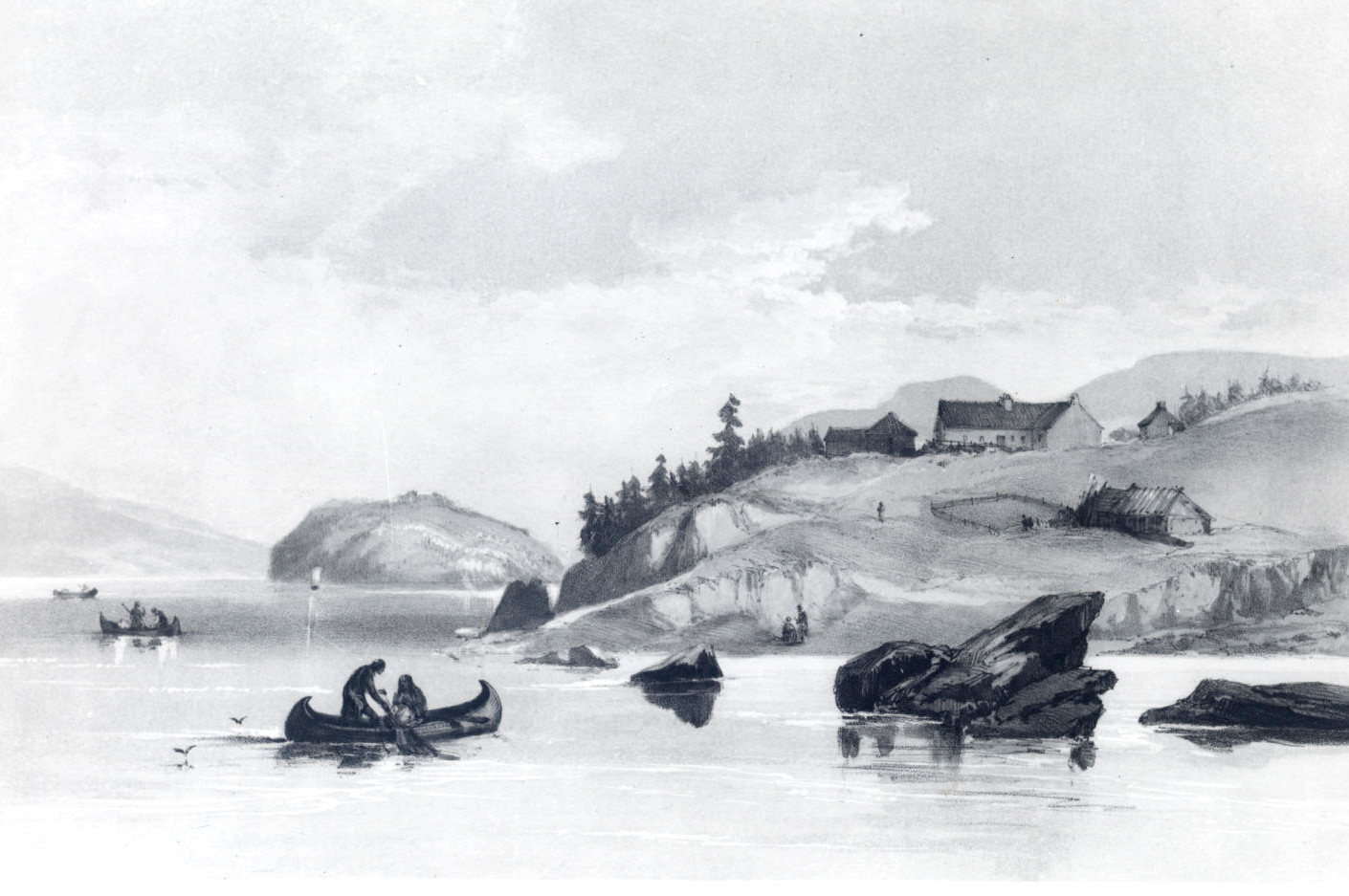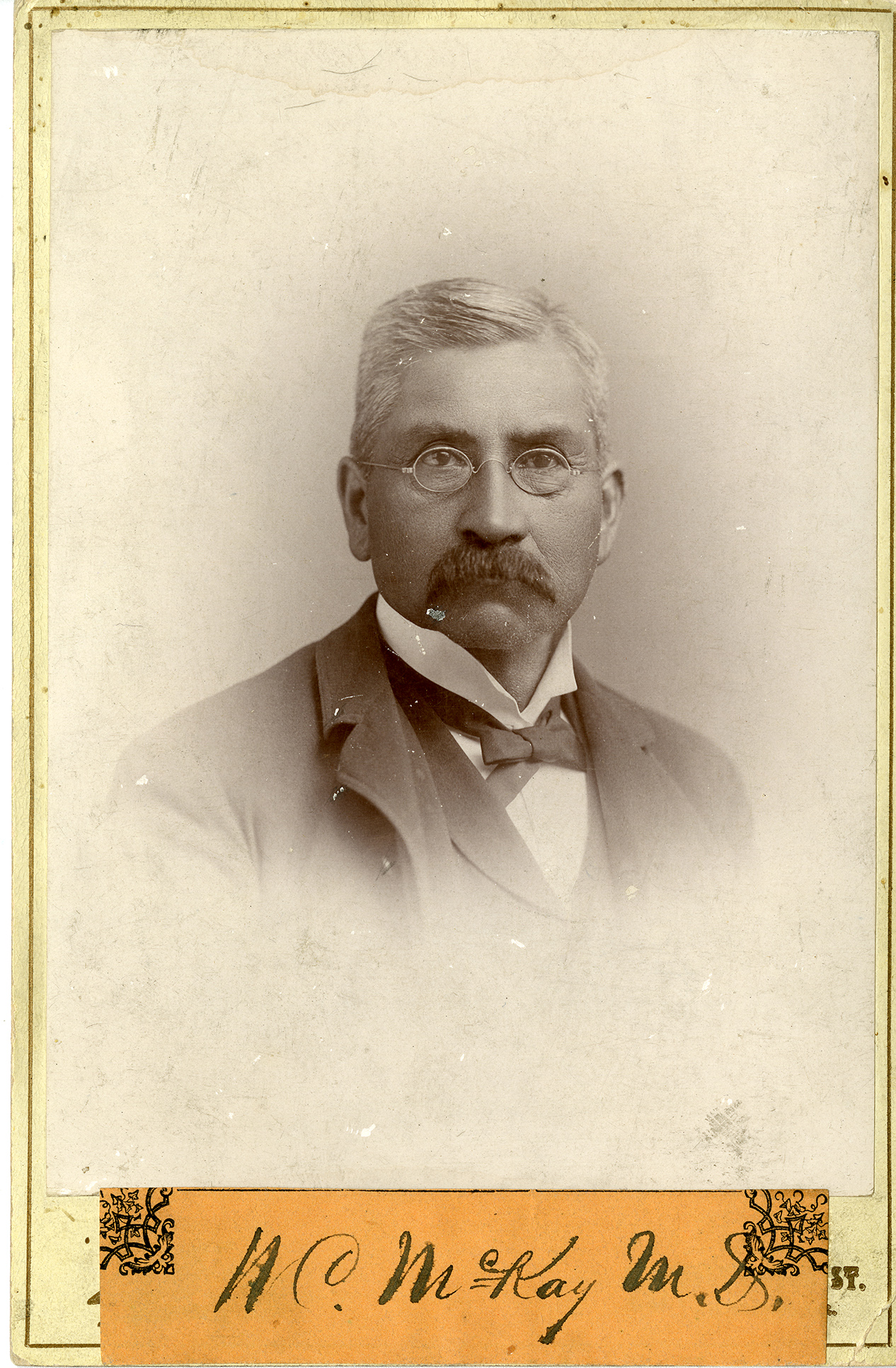Thomas McKay (pronounced “Mac-eye”) was a Hudson’s Bay Company fur trapper, trader, and expedition leader. A well-known personality in the Oregon Country, he was involved in several important developments in the region, including HBC’s strategic trapping and trading campaigns during the 1820s.
McKay was born in Canada in 1797. His father was Alexander McKay, a Scottish fur trader and explorer employed by the North West Company; his mother was Marguerite Waddens McKay, the daughter of a Swiss fur trader and an Ojibwa woman. When Alexander McKay became a partner of the American-owned Pacific Fur Company in 1810, Tom McKay contracted with the company for five years as a clerk. That summer, father and son embarked from New York to the lower Columbia River aboard the Tonquin, the company ship, arriving in late March 1811.
Alexander McKay and his partners oversaw the construction of Fort Astoria at the mouth of the Columbia River, and in June he left Tom behind and went north on a trading trip aboard the Tonquin. Word arrived in August that the ship was lost and that Alexander had been killed during a fight with Natives who had boarded the ship near Nootka Sound. Tom remained at Fort Astoria, finishing his clerkship with the North West Company, when that enterprise bought out the Pacific Fur Company in 1813.
In 1815, McKay traveled to North West Company headquarters at Fort William, Lower Canada, where he reunited with his mother, who had married John McLoughlin, a company partner stationed there. McKay’s arrival coincided with intense competition for territory between the North West Company and the Hudson’s Bay Company, and he was recruited by NWC partners as support against rising hostilities. In June 1816, he fought in the Battle of Seven Oaks at present-day Winnipeg, in which HBC employees were overwhelmed. It is likely that it was in that battle that McKay established his reputation for being fearless.
In 1821, a merger brought the North West Company under the banner of the Hudson’s Bay Company, and Tom McKay began his long tenure with the reorganized company. Although he was ambitious and exhibited leadership qualities, McKay never rose higher than an entry-level position in the company. His primary obstacle was HBC Governor George Simpson, who described McKay as brave, active, and an “excellent second” but otherwise not command material. McLoughlin, who was named chief factor at Fort Vancouver in 1824, made extensive use of McKay’s leadership skills.
In the early 1830s, McKay began working two farms. The first was on Scappoose Plains on the lower Columbia, and in 1833 he established a farm on French Prairie in the mid-Willamette Valley. In 1834, McLoughlin sent McKay to oppose American fur traders west of the Rockies, and that same year he began construction of Snake Fort (renamed Fort Boise). His last position with the HBC was as a clerk in charge of Fort Hall, in present-day southeastern Idaho, over the winter of 1837–1838.
McKay married at least three times. His first wife was the daughter of Chief Concomly, the powerful leader of the Chinook; they had five children. She died in 1834, and McKay married She-Who-Rides-Like-The-Wind (Umatilla) that same year, with whom had one son, Donald McKay. Widowed again in 1838, he married Isabelle Montour; they had two children.
Farming and responding to calls for a savvy overseer occupied McKay’s final years. One such endeavor was as captain of volunteer militia in the Cayuse War of 1848–1850. Their enlistment time served, McKay and some of his men returned home.
In August 1848, a ship captain brought news of the California gold strike to the lower Columbia. Peter Burnett, a territorial legislator who would soon be governor of California (1849–1851), needed a pilot to guide his fifty-wagon train of gold seekers from Oregon to the mines. On McLoughlin’s recommendation, Burnett chose Tom McKay, whose party arrived at the gold fields in November. Within a year, McKay was back on his Scappoose farm.
An April 18, 1850, probate-court filing in Marion County pertains to his will and serves as his only death notification of record. He was buried on the farm, where his gravesite is marked.
-
![Engraving of Tonquin crossing Columbia River bar, March 25 1811.]()
Tonquin crossing Columbia Bar, 1811, ba006960.
Engraving of Tonquin crossing Columbia River bar, March 25 1811. Oreg. Hist. Soc. Research Libr., ba006960
-
![Earliest known illustration of Fort Astoria, by Gabriel Franchere, employed by Astor,]()
Fort Astoria, 1813.
Earliest known illustration of Fort Astoria, by Gabriel Franchere, employed by Astor, Courtesy Oreg. Hist. Soc. Research Library, OrHi51
-
![Sketch by H.J. Warre]()
Fort Vancouver, 1848.
Sketch by H.J. Warre Courtesy Oreg. Hist. Soc. Research Library, OrHi83437
-
![]()
Marguerite Wadin/Waddens (McKay) McLoughlin.
Courtesy Oregon Hist. Soc. Research Lib., OrHi260
Related Entries
-
![Fort Vancouver]()
Fort Vancouver
Fort Vancouver, a British fur trading post built in 1824 to optimize th…
-
![French Prairie]()
French Prairie
Located in Oregon's mid-Willamette Valley, French Prairie was resettled…
-
![Fur Trade in Oregon Country]()
Fur Trade in Oregon Country
The fur trade was the earliest and longest-enduring economic enterprise…
-
![Hudson's Bay Company]()
Hudson's Bay Company
Although a late arrival to the Oregon Country fur trade, for nearly two…
-
![John McLoughlin (1784-1857)]()
John McLoughlin (1784-1857)
One of the most powerful and polarizing people in Oregon history, John …
-
![North West Company]()
North West Company
First organized in 1779 by a small group of Canadian fur traders based …
-
![William Cameron McKay (1824–1893)]()
William Cameron McKay (1824–1893)
Dr. William Cameron McKay [mə kī´] lived his entire life on the lower a…
Related Historical Records
Map This on the Oregon History WayFinder
The Oregon History Wayfinder is an interactive map that identifies significant places, people, and events in Oregon history.
Further Reading
Bird, Annie Laurie. “Thomas McKay.” Oregon Historical Quarterly 40 (March 1939): 1-18.
Boyd, Robert. People of the Dalles: The Indians of Wascopam Mission. Lincoln: U. of Nebraska Press, 2004.
Burnett, Peter H. Recollections and Opinions of an Old Pioneer. New York, NY: D. Appleton and Co., 1880.
Elliot, T.C. “Marguerite Wadin McKay McLoughlin.” Oregon Historical Quarterly 36 (December 1935): 341.
Lavender, David. The Mountain Men and the Fur Trade of the Far West. Vol. 6. Edited by Leroy R. Hafen. Glendale, CA.: Arthur H. Clarke Co, 1968.
Rich, E.E., ed. McLoughlin’s Fort Vancouver Letters, 1825-1838. Toronto: Champlain Society, 1941.
Clarkes, S.A., ed. Pioneer Days of Oregon History. Vol. 2. Cleveland, OH: Arthur H. Clarke Company, 1905.
Morrison, Jean. "Alexander McKay," Dictionary of Canadian Biography.
Townsend, John K. Narrative of a Journey across the Rocky Mountains, to the Columbia River Philadelphia: Henry Perkins, 1839.

